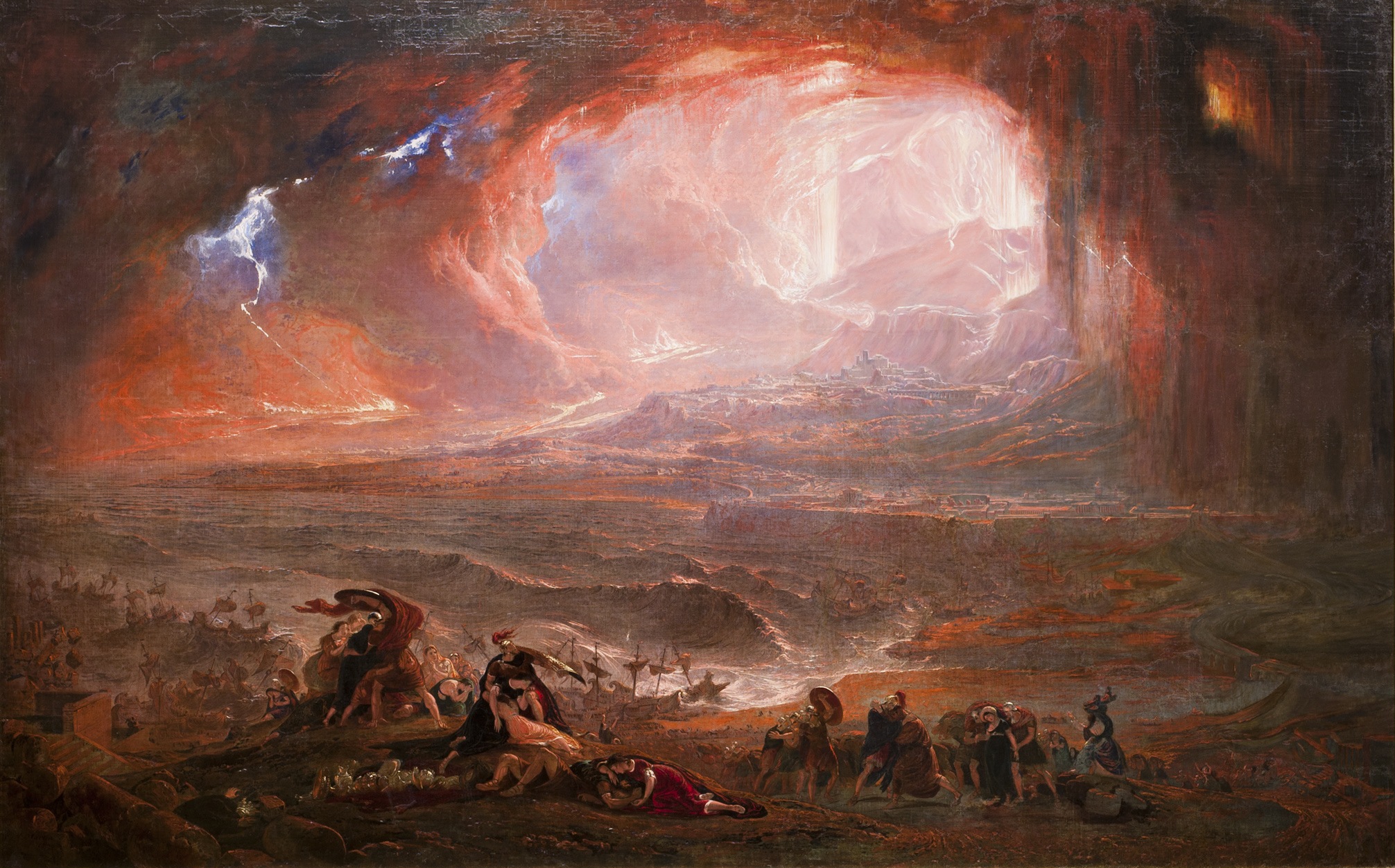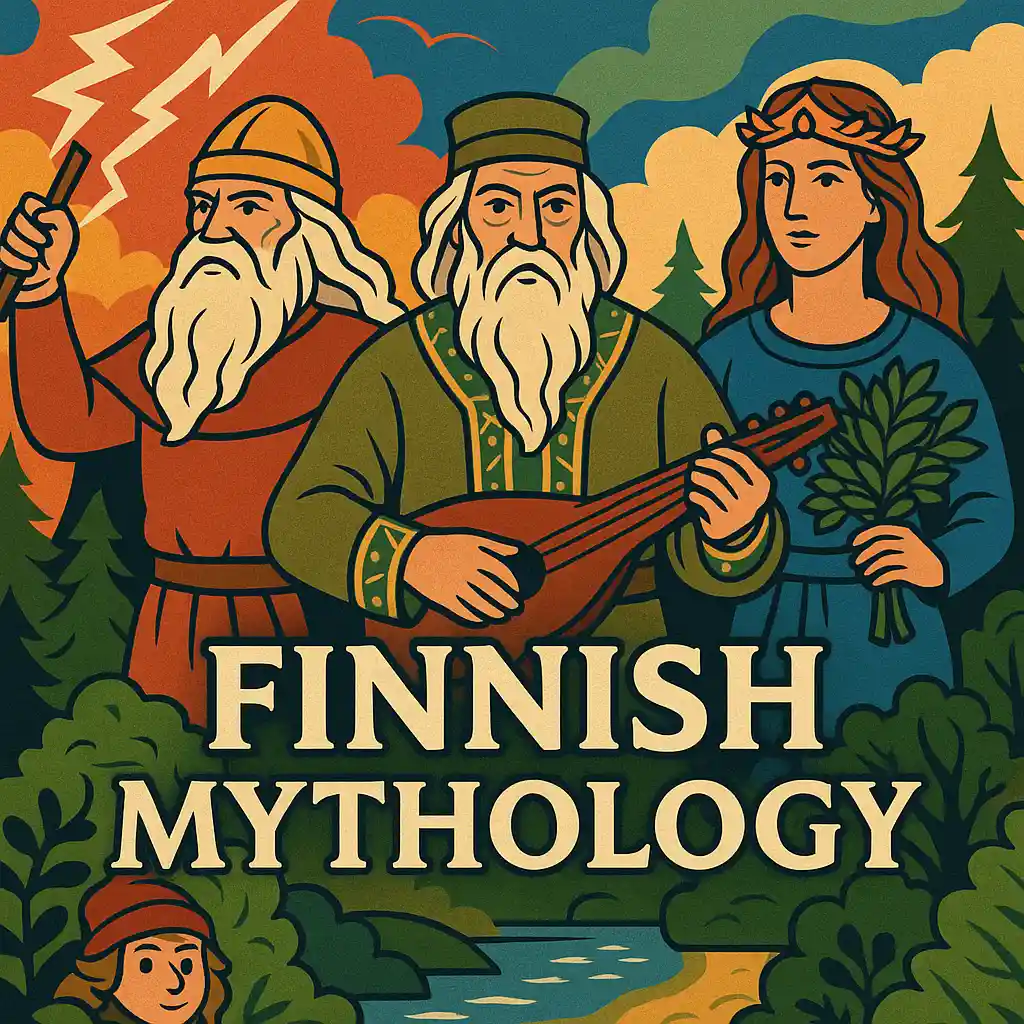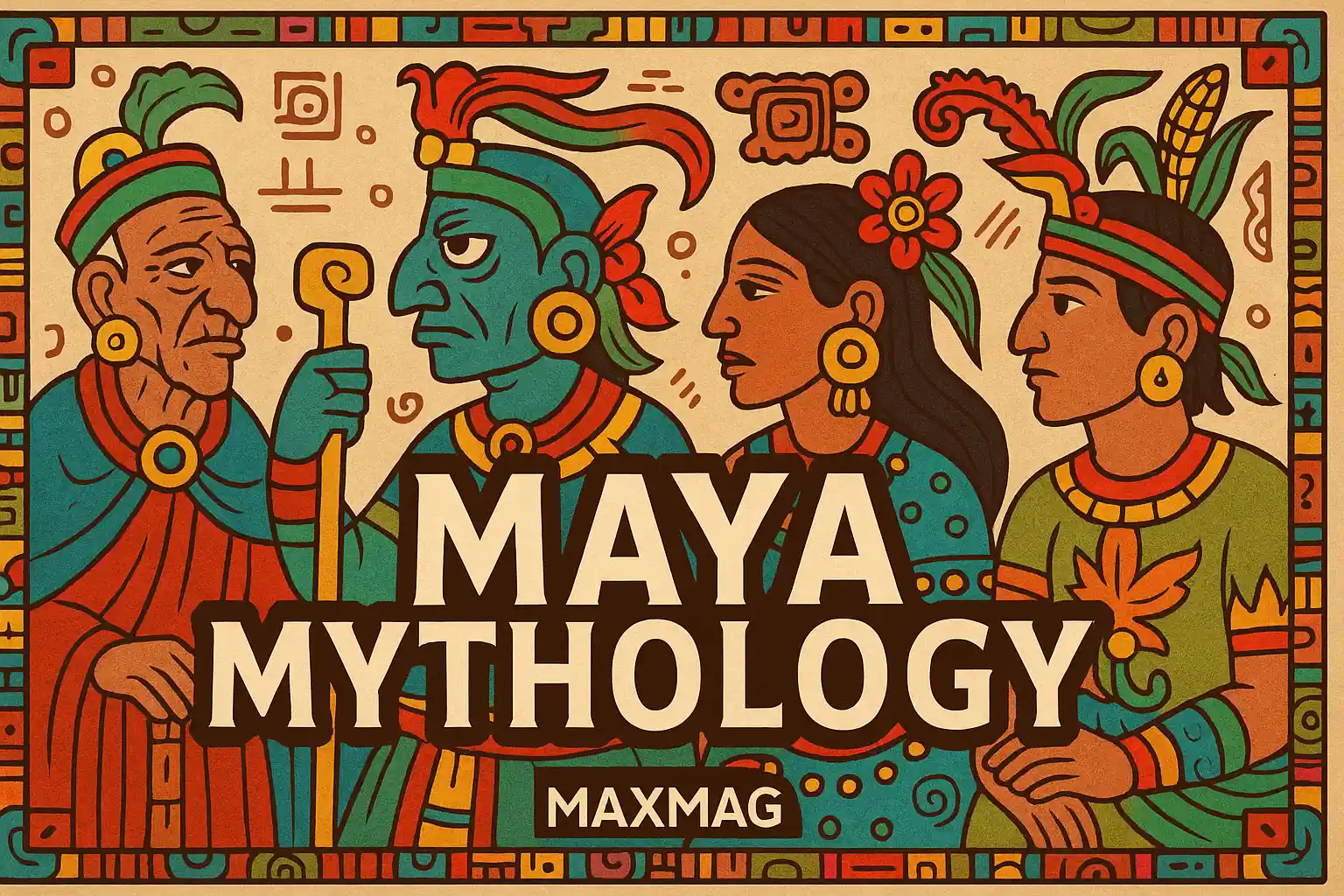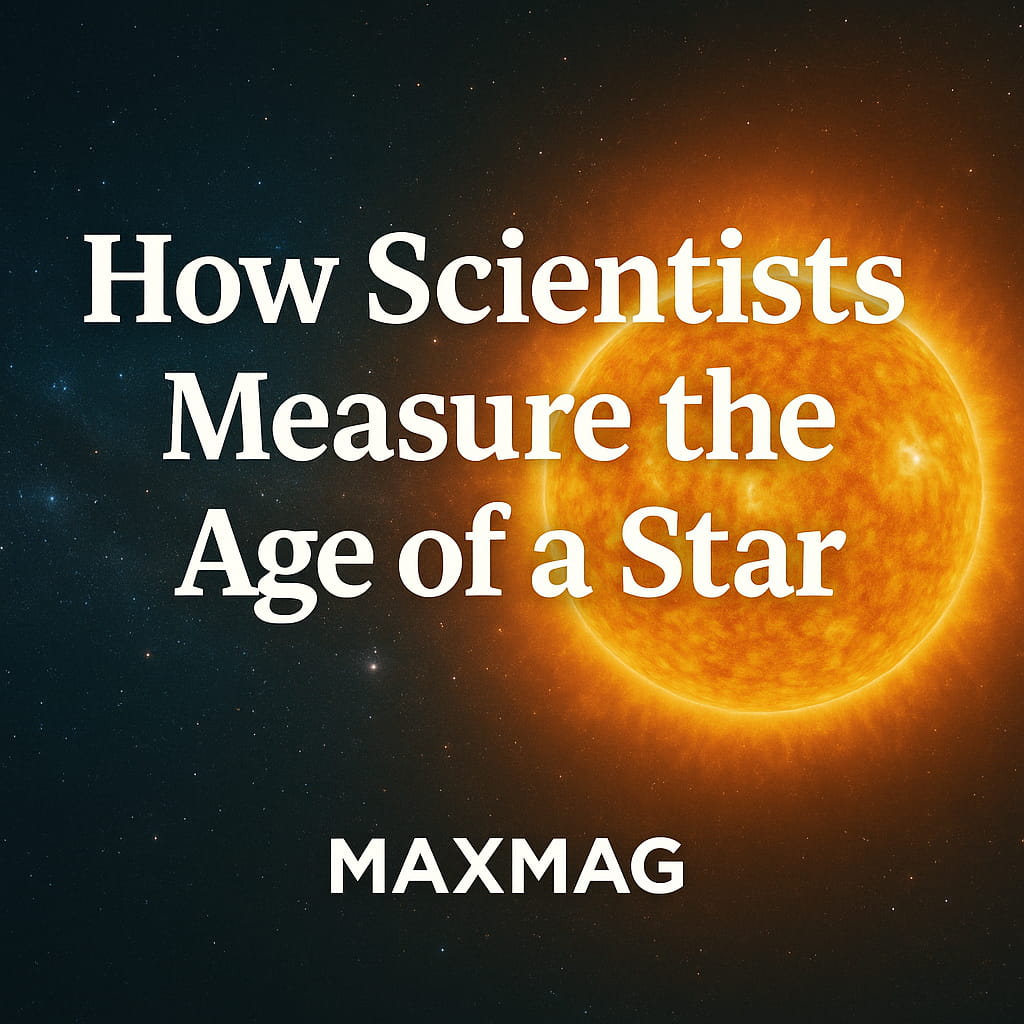
When Neil Armstrong took his historic first step onto the Moon in July 1969, Buzz Aldrin followed shortly after, becoming the second man on the Moon — but his legacy is anything but second. This Buzz Aldrin biography traces the extraordinary life of a man who not only helped achieve one of humanity’s greatest milestones but continued to shape space exploration long after his boots left the lunar dust.
A veteran fighter pilot, pioneering astronaut, brilliant engineer, and outspoken advocate for future missions to Mars, Buzz Aldrin’s story is one of resilience, intellect, and unmatched determination. Let’s explore his journey from a young dreamer in New Jersey to an enduring legend of the space age.
A Foundation Built in Montclair
Edwin Eugene Aldrin Jr. was born on January 20, 1930, in Montclair, New Jersey. He was the only son of Edwin Aldrin Sr., a decorated World War I pilot and aeronautical engineer, and Marion Moon Aldrin, who came from a long line of early American settlers. With such a rich family history tied to exploration and aviation, it’s no wonder that young Edwin was drawn to the skies.
His nickname “Buzz” came from his younger sister, Fay Ann, who called him “Buzzer” instead of “brother.” The name stuck and was so integral to his identity that he officially changed his name to Buzz in 1988.
In school, Aldrin was known for his discipline and curiosity. Though naturally introverted, he excelled in math and science — subjects that would become cornerstones of his career. Upon graduating high school, he was accepted into the United States Military Academy at West Point, where he graduated third in his class in 1951, earning a degree in mechanical engineering.
Service and Combat: A Decorated Air Force Pilot
Fresh out of West Point, Aldrin joined the U.S. Air Force during the Korean War. He flew 66 combat missions, primarily in the F-86 Sabre, one of the era’s most advanced jet fighters. In these high-risk aerial battles, Aldrin shot down two enemy MiG-15 aircraft, earning two Distinguished Flying Crosses and the Air Medal for his service.
His experience in Korea wasn’t just about survival and combat; it taught him discipline under pressure and honed his reaction time and situational awareness. These skills would later prove critical when navigating the unpredictable demands of spaceflight.
Academic Pursuits at MIT
Following his combat service, Aldrin returned to academics. He enrolled in the Massachusetts Institute of Technology (MIT) and earned a doctorate in astronautics — a field still in its infancy. His 1963 doctoral thesis focused on orbital rendezvous techniques, which was a game-changing topic for the space program. This expertise made him uniquely qualified for missions involving multiple spacecraft — something NASA recognized quickly.
His work on spacecraft trajectories and orbital docking earned him the affectionate nickname “Dr. Rendezvous” from his NASA peers. You can explore his academic legacy through the MIT Department of Aeronautics and Astronautics, which still references Aldrin’s contributions to orbital mechanics.
Joining NASA: Gemini 12 and Spacewalk Innovation
Buzz Aldrin was selected in the third group of NASA astronauts in 1963, entering the program at a time when America was in a heated space race with the Soviet Union. His first spaceflight was aboard Gemini 12, launched on November 11, 1966, with Jim Lovell as commander.
Gemini 12 was NASA’s last Gemini mission and aimed to fix earlier failures with spacewalks. Previous astronauts had experienced exhaustion and equipment malfunctions during EVAs (extravehicular activities), but Aldrin’s scuba diving training gave him a unique edge. He performed three successful spacewalks, totaling more than 5 hours, a record at the time.
His work helped establish the protocols and equipment design standards that would guide Apollo astronauts during Moon landings. This pivotal mission is commemorated at the Smithsonian’s National Air and Space Museum, where Buzz Aldrin’s Gemini and Apollo gear are on display.
Apollo 11: One of Mankind’s Defining Moments
In 1969, Aldrin joined Neil Armstrong and Michael Collins on the Apollo 11 mission. Their goal: to land on the Moon and return safely — a challenge never before attempted.
On July 20, 1969, Armstrong descended the Lunar Module “Eagle” and famously declared, “That’s one small step for man, one giant leap for mankind.” Nineteen minutes later, Aldrin followed, becoming the second person to walk on the Moon. His first words upon stepping onto the lunar surface were less poetic but deeply moving: “Beautiful view. Magnificent desolation.”
Buzz Aldrin spent over two hours on the Moon’s surface. He helped deploy scientific instruments, collected soil and rock samples, and took photographs that remain iconic today. He also quietly took communion — becoming the first person to perform a religious ceremony on the Moon.
For more on the Apollo 11 mission and Aldrin’s role, the NASA official Apollo 11 page provides mission transcripts, videos, and historical documents.
A Deeper Look: Buzz Aldrin Biography and Its Relevance
This Buzz Aldrin biography isn’t just about lunar steps. It’s about how courage, vision, and engineering excellence intersect to achieve the seemingly impossible. Aldrin’s story represents the tenacity of human progress — not just for America, but for all of Earth.
Post-Moon Life: Struggles and Reinvention
Despite his fame and accolades, Aldrin faced unexpected challenges upon his return. Like many astronauts of the Apollo program, he struggled with depression and alcoholism. The public had moved on quickly from the Moon landings, and Aldrin found himself without purpose. These challenges were compounded by a lack of support systems for mental health among high-performance professionals at the time.
In his memoir Return to Earth, Aldrin openly discussed his emotional and psychological struggles. His transparency helped destigmatize mental health in the military and aerospace communities. His second autobiography, Magnificent Desolation, published in 2009, delved even deeper into his personal journey of recovery.
The American Psychological Association has since cited Aldrin’s openness as a turning point in recognizing astronaut and veteran mental health needs.
The Aldrin Cycler and Vision for Mars
Buzz Aldrin didn’t retire into silence. Instead, he became a fierce advocate for human colonization of Mars. He devised the Aldrin Cycler, a spacecraft trajectory that would continuously orbit between Earth and Mars, enabling regular transport with minimal fuel use.
He argued that humanity should not be content with lunar achievements but should aim to become a multi-planetary species. His push for Mars colonization was not based on science fiction but rooted in hard physics, engineering, and vision.
In 2013, Aldrin co-authored the book Mission to Mars, laying out a comprehensive roadmap for establishing a sustainable human presence on the Red Planet.

ShareSpace Foundation and Education Advocacy
In 1998, Buzz Aldrin founded the ShareSpace Foundation, a nonprofit organization aimed at promoting STEM (Science, Technology, Engineering, and Math) education. He believes that inspiring the next generation of scientists and explorers is as important as launching rockets.
Through ShareSpace, Aldrin supports classroom grants, space-themed curriculums, and public outreach events that make space exploration accessible to students from all backgrounds. Programs supported by ShareSpace are listed on the official foundation page, encouraging interactive learning and space awareness.
Honors, Awards, and Cultural Footprint
Over his lifetime, Buzz Aldrin has been honored with:
-
The Presidential Medal of Freedom (1969)
-
The Congressional Gold Medal (2011)
-
Inductions into the Astronaut Hall of Fame and the National Aviation Hall of Fame
-
Numerous honorary degrees from global institutions
The History of the U.S. House of Representatives details Congressional Gold Medal recipients and Aldrin’s contributions.
Pop culture has also celebrated him: the character Buzz Lightyear from Pixar’s Toy Story was named in his honor, and he has made guest appearances on The Simpsons, 30 Rock, and The Big Bang Theory.
Personal Life: Later Years and Continued Advocacy
In January 2023, at the age of 93, Aldrin married Dr. Anca Faur, a longtime companion and aerospace executive. The wedding was small and private, but news of it delighted fans worldwide. It was a reminder that Aldrin — even in his 90s — continues to live with vitality and passion.
He remains a public figure, speaking at aerospace conferences, mentoring astronauts, and pushing governments to invest in long-term space exploration.
Buzz Aldrin Biography FAQ
1. What makes Buzz Aldrin different from Neil Armstrong?
While Armstrong was the first to walk on the Moon, Aldrin was the first astronaut to have a PhD, the first to take communion on the Moon, and the strongest advocate for Mars colonization.
2. What did Aldrin do after leaving NASA?
He served as commandant of the Air Force Test Pilot School, authored books, became a mental health advocate, and founded ShareSpace.
3. What is the Aldrin Cycler?
It’s a spacecraft path that efficiently travels between Earth and Mars, minimizing travel time and maximizing sustainability for long-term missions.
4. How many missions did he fly?
Buzz Aldrin flew two missions: Gemini 12 and Apollo 11.
5. Did he contribute to education?
Yes, through his ShareSpace Foundation, Aldrin promotes STEM education and provides learning tools for teachers and students.
6. Is Buzz Aldrin still active?
As of 2025, yes. He continues to write, speak publicly, and advocate for space exploration and education.






